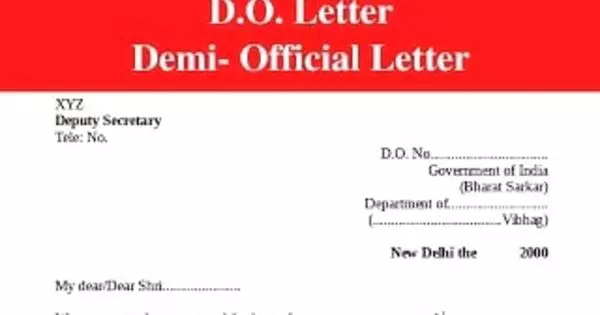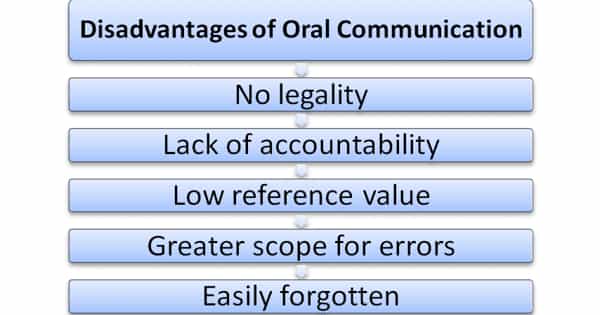A demi-offical letter is an official letter that contains some personal information as well as official information. This letter is usually composed of both official and personal messages. Officially recognized rules, procedures, and structure are not followed in the creation of this letter.
It is written by Ministers and senior officers of the State or Central Government to other officers one rank lower or higher than them. If the addressee is a senior officer, he will be addressed as Sir; otherwise, his first name will be mentioned at the beginning, such as ‘My Dear Rajesh.’ It is written as a follow-up to numerous official letters (Letter or Official Memorandum) that have failed to expedite work. It is also written to Members of Parliament, Ministers, Members of State Legislatures for furnishing the information asked by them.
The following features are located in a demi-official (DO) letter:
(1) Adjusted System: Demi-official letter is written by condensing both the styles of official and personal letters. Such a letter is a combination of official and personal matters.
(2) Structure: There is no specific structure like an official letter to draft a demi-official letter. This type of letter does not follow any established structure. Writers can follow any structure as they think.
(3) Objective: Using personal relationships such as a letter is intended to attain the official objective. Its appeal is limited do this specific receiver. In the absence of the receiver, this letter has no utility.
(4) Personal Relation: Personal relation between the sender and receiver is the key element for drafting such a letter. This letter is written on the basis of personal relationship between the sender and the receiver though they are formally related.
(5) Language: The language of such a letter is less formal and more flexible having a personal touch. Use of language in this letter depends on personal relationship between sender and receiver. It is not written by using traditional official language.
(6) Salutation and Complimentary Close: Salutation and complimentary close are usually used depending on the personal relationship with the receiver. Use of salutation and complementary close in demi-offical letter depends on personal relationship between sender and receiver.
(7) Message: Demi-official letter contains both personal and official messages where as official letter deals with only official information. Although such a letter contains speech regarding personal aspects more emphasis is given to the official matters.
(8) Legal Status: Such a letter also bears legal status like an official letter. The concerned organization not the sender bears the responsibility of writing letter.
(9) Use of Grammar: First-person singular or plural is used to write such a letter. In drafting official letter first person third person plural number is used.
(10) Size: Such a letter is usually larger than the official letter. The status or importance of official letter depends on the status of the writer or sender.
(11) Copy: A copy of such a letter is not distributed generally. This letter is neither copied nor distributed.
(12) Enclosure: No need to enclose anything with a demi-official letter. In this letter, no predetermined method of presentation is used. Message can be arranged in any format depending on the sender’s choice.
Because the facts of the entire case are not mentioned in chronological order in this type of letter, drafting a D.O. letter requires skills and command of the language. Still, clarity on the issues involved and brevity of sentences were required so that no important aspect of the matter was overlooked, as the purpose of writing a D.O. letter is to keep the addressee, generally a Minister/senior officer, informed of the issues involved without wasting their valuable time.
















